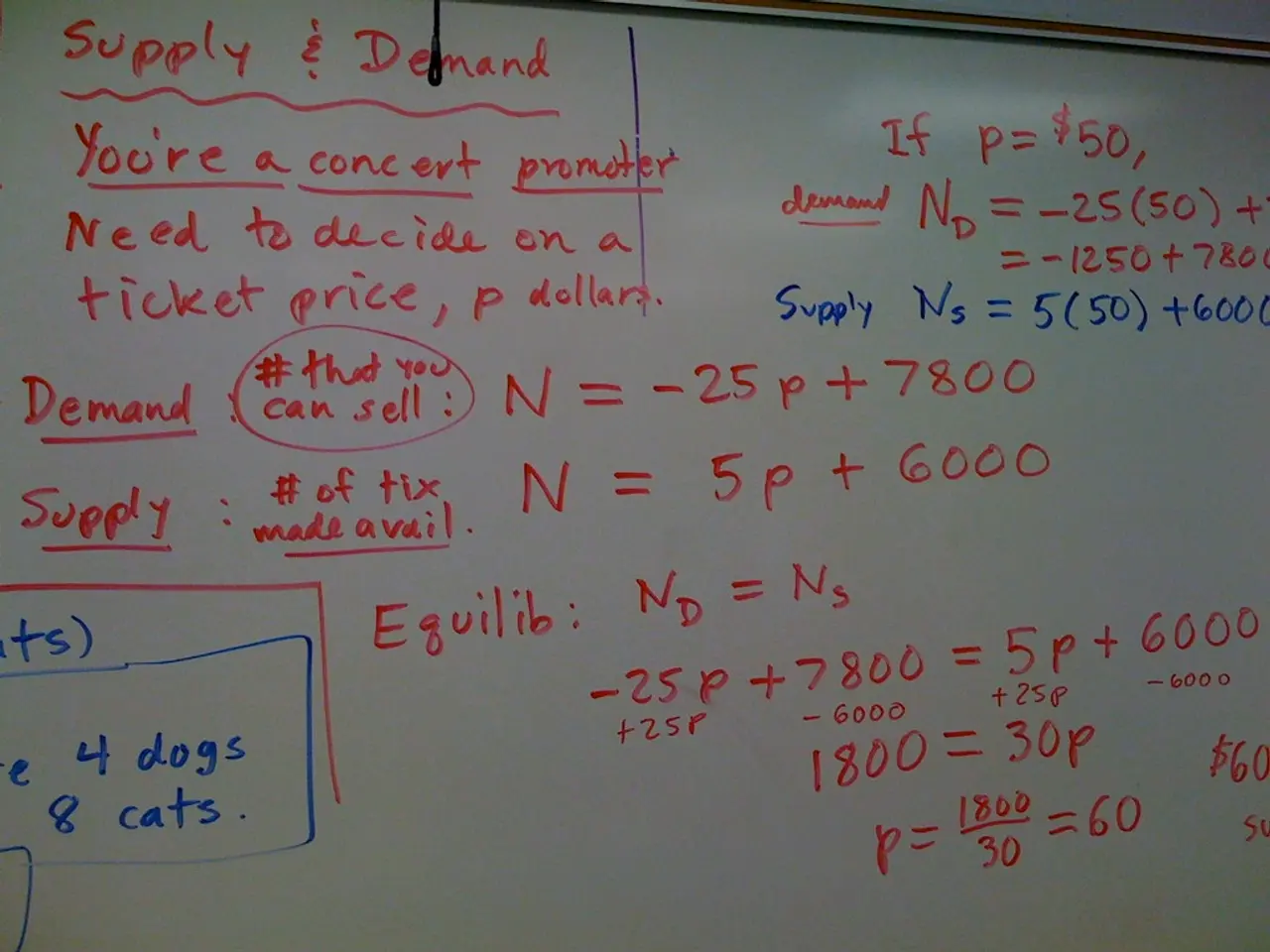Google's innovated artificial intelligence creation, Aeneas, designed to rebuild historical events
Google's AI Tool, Aeneas, Revolutionises Historical Text Reconstruction
Google's latest AI tool, Aeneas, is making waves in the world of history and archaeology. This innovative AI is designed to analyse and reconstruct damaged historical writings, particularly Roman inscriptions, by leveraging advanced artificial intelligence techniques.
Key Capabilities of Aeneas
Aeneas boasts several key capabilities that make it an invaluable tool for historians. It can predict missing words in damaged Latin texts, restoring damaged sections even when the length of the missing text is unknown [2]. The AI can also suggest the probable place of origin for inscriptions, linking them to specific locations across the Roman Empire [2]. Aeneas can date inscriptions with a high degree of precision, sometimes within a 13-year time frame [2][3]. Moreover, it identifies historical connections between different inscriptions by searching for similar linguistic patterns and historical contexts [4].
Training and Operation
Aeneas was trained on a massive dataset of nearly 200,000 known Roman inscriptions, spanning from the 7th century BC to the 8th century AD [1][3]. The AI takes an inscription's text and image as input, using specialized internal networks to restore characters, date the text, and perform geographical attributions [3]. Aeneas enhances historians' work by providing a starting point for further research, boosting confidence in restoration and attribution tasks [3][4].
Impact and Potential
The impact of Aeneas is far-reaching. By providing contextual information, Aeneas helps historians understand the social, political, and cultural significance of ancient writings more effectively [1][4]. Researchers hope to adapt Aeneas for other ancient languages, expanding its capabilities to decipher scripts from papyri to coinage, facilitating broader historical connections [3].
Aeneas is particularly effective with ancient languages like Latin, Greek, and Arabic. It makes historical writings more comprehensive and accessible, aiding schools, museums, and groups in preserving human history for future generations. The AI Model from Google also examines the appearance of the damaged pages, including ink marks and page layouts.
By reconstructing damaged historical writings and artifacts, Aeneas could play a crucial role in preserving our global cultural heritage. The digital rebuilding of ancient texts with Aeneas could help ensure that valuable historical information is not lost to wear and tear, war, or adverse weather conditions. Initial field tests at archaeological sites and museums have shown promising results for Aeneas in helping historians piece together fragmented texts from ancient cultures.
In conclusion, Aeneas is more than a technological solution; it helps preserve our global heritage by rebuilding digitally damaged ancient texts. The use of Aeneas represents a significant advancement in using AI to preserve our culture and history. Aeneas compares information from a wide range of historical sources, allowing historians to view fuller versions of texts that were previously thought to be lost. This AI model from Google is setting new benchmarks in natural language processing and deep learning tasks.
Aeneas, Google's AI tool, extends its capabilities beyond Latin texts, also exhibiting effectiveness with other ancient languages like Greek and Arabic. By comparing information from various historical sources, Aeneas facilitates the restoration of fuller versions of texts that were previously considered lost, showcasing its potential in the field of ancient artifacts and historical text reconstruction using artificial intelligence.




